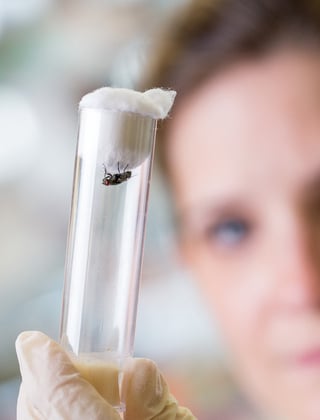New National Wild Dog Action Plan explained

Following the success of the previous industry-driven National Wild Dog Action Plan (NWDAP), a new NWDAP for 2020-2030 to further improve wild dog management across Australia has been launched.
The new NWDAP 2020-30 supports pest management technicians such as Paul Billsborough, who is pictured here sharing his best practice trapping skills with northern Flinders landholders.
Following the success of the previous industry-driven National Wild Dog Action Plan (NWDAP), a new NWDAP for 2020-2030 to further improve wild dog management across Australia has been launched.
The National Wild Dog Action Plan (NWDAP) 2020-30, which is available on the new NWDAP website www.wilddogplan.org.au, is Australia’s new blueprint for best practice wild dog management.
The NWDAP is endorsed by producers, peak farming bodies, the Australian Government, state governments and research and development corporations – and ensures control measures are evidence-based best practice and the most ethical and humane available.
The coordinated and collaborative approach advocated by the NWDAP underpins projects that are critical to the nation’s wool industry such as the Western Australian Esperance extension to the State Barrier Fence Project, the South Australian Dog Fence Rebuild Project and the Queensland Feral Pest Initiative.
South Australian woolgrower Geoff Power, who also chairs the National Wild Dog Management Coordination Committee and the SA Dog Fence Board, said: “The new Plan provides leadership and reassures producers there is ongoing commitment from industry and government to wild dog management. We can be confident we have the best strategies and safest tools available for livestock and biodiversity protection.”
The new NWDAP is an update of the NWDAP 2014-19 which was implemented in 2014 in response to the increasing impact of wild dogs throughout Australia.
An independent review of the NWDAP’s initial five-year term (2014-2019) concluded that the NWDAP had been highly successful. Investment made by the NWDAP during 2014-2019 returned a benefit-cost ratio between $6.10 and $16.50 to for each dollar invested. Benefits included more efficient expenditure on wild dog management; more efficient R&D and extension investment; and ongoing community support to undertake control.
In a letter to AWI, Deputy Secretary at the Department of Agriculture, Water and the Environment and the Chair of the intergovernmental National Biosecurity Committee, Lyn O’Connell, congratulated all involved in the new plan’s development, including the NWDAP Coordination Committee and AWI.
“This initiative has shown how effective it can be when governments and industry work closely together to achieve valuable outcomes for the Australian agriculture sector and communities across the country,” Ms O’Connell stated.
“I also thank AWI for its ongoing commitment to the management of established vertebrate pest animals to minimise the impacts they have on Australia’s agricultural industry, environment and economy.
“The department remains committed to wild dog management and looks forward to continuing this work with AWI and other stakeholders.”
More information:
- Access the new NWDAP at wilddogplan.org.au
- Hear about the NWDAP and effective wild dog control from National Wild Dog Management Coordinator, Greg Mifsud, AWI Program Manager for Vertebrate Pests, Ian Evans, and woolgrower Geoff Power from South Australia in Episode 124 of AWI’s The Yarn podcast at wool.com/podcast
This article appeared in the September 2020 edition of AWI’s Beyond the Bale magazine. Reproduction of the article is encouraged, however prior permission must be obtained from the Editor.















